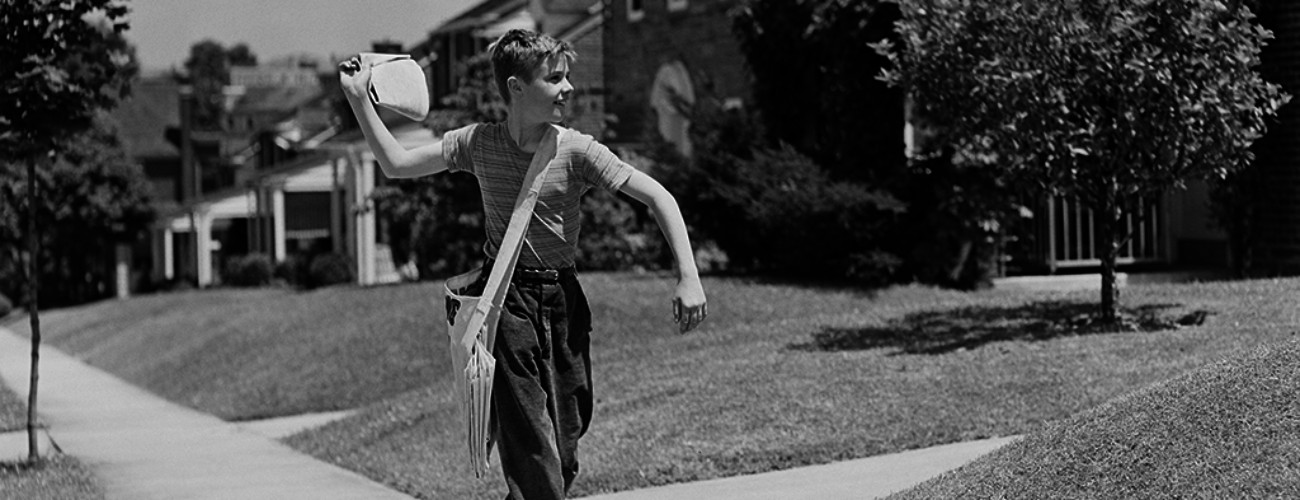Interviewing subjects in a closet. Remembering to film landscape, not portrait. Piecing together a chronology online. Holding the front page of the print paper to pivot to a bigger story.
The inspirational student journalists of Marjory Stoneman Douglas High School in Parkland, Florida, remembered all these reporting staples last Wednesday, even as a very personal tragedy unfolded in their wake. As Alexandria Neason and Meg Dalton report for CJR, members of The Eagle Eye newspaper and WMSD-TV station produced extraordinary breaking news coverage of the mass shooting at their school, using impeccable standards of journalistic professionalism. As Eye staff writer Nikhita Nookala tells CJR, she thought, “The coverage has to start at some point. So why not start it right now?”
ICYMI: NPR tarnishes its image
The students have been reporting for over a week now, partially to keep the world informed, partially to keep themselves occupied. Their drive has both sustained the post-Parkland news cycle and lent it a notably different tone than those that followed the recent massacres in Las Vegas and Sutherland Springs, Texas. After the latter atrocity, I wrote that the aftermath of mass shootings had become sadly predictable: “Journalists turn up to the scene, piece together what happened, get emotive interviews, file, and leave—all as a circular debate on gun control swells then fades in their wake.” This time round, the students have refused to accept a circular debate.
They’ve been amazingly successful at dictating the terms of the national media conversation. Yesterday, the debate on cable news networks wasn’t about why gun reform never happens, but whether this now qualifies as a tipping point. At a CNN town hall moderated by Jake Tapper, survivors and victims’ families got to look politicians and gun advocates in the eye and make them defend their positions—a rare and powerful sight. On MSNBC, meanwhile, Nicolle Wallace said, “This doesn’t look like the gun debate in America….This looks like the #MeToo movement, this looks like the Women’s March, this looks like something bigger.”
ICYMI: “I don’t want any writer to have to feel how I felt”
MSNBC’s Wallace went on to describe the Parkland students as “activists.” As Neason and Dalton point out, the student journalists are “treading the increasingly murky line” between those roles. Almost every journalism textbook says activism and journalism are incompatible. But the students of Marjory Stoneman Douglas are busy ripping up that textbook and writing a new one. And some journalists would do well to note how deftly they’ve combined sensitivity and persistence with a clear message.
Below, some of the great student journalism that’s come out of Parkland.
- Piecing together what happened: Nookala and fellow student reporter Christy Ma filed The Eagle Eye’s first story on the shooting. “Valentine’s Day was a day of love, passion and friendships as Marjory Stoneman Douglas High School celebrated Feb. 14, 2018 with carnations and teddy bears,” they write in their lede. “It was not until nearly the end of the school day at around 2:30pm that the lives of students and faculty were taken in a violent rampage of hatred.”
- An overwhelming presence: Nookala and Ma also reported on the candlelight vigil that followed the massacre, tackling the media scrum head on. “‘I think the media is doing a good job on taking the appropriate steps to being insensitive,’ senior Daniel Williams said. ‘But there are multiple instances where journalists are writing things that are exaggerated or just straight up false, which makes us students mad.’”
- Remembering the basics: As the shooting unfolded, Ryan Deitsch, a reporter for The Eagle Eye and WMSD-TV, tweeted video and urged national news media to share it. “If you are going to broadcast use someone who shot horizontally,” he said.
- “So what’s your message?”: In what future generations might remember as a defining moment of a defining moment, another student reporter, David Hogg, interviewed hiding classmates in a closet.
Other notable stories
- The tumult at Newsweek continues. On Tuesday, it published an investigation into its management’s suspicious ties to Olivet University, along with an editor’s note detailing how several editors and reporters were fired, resigned, or threatened to resign during the reporting process. For CJR, CPJ’s Joel Simon says the dismissals at the publication “challenge a norm at the heart of American journalism, which is that the business side stays out of the newsroom and does not dictate coverage.”
- The LA Times newsroom’s decision to unionize was a crucial factor in parent company Tronc’s decision to offload the flagship brand, Ken Doctor writes.
- Shonté Daniels, an editorial assistant at Rewire, writes that the use of stock photos is critical in busting or reinforcing stereotypes: “When we have good news or solutions-based stories to publish, I try to make sure the photo is one of a person representing a population that’s often demonized in the media, like people of color, to demonstrate that not every story needs to be about their plight.”
- Big layoffs are afoot at Vox Media and at newspapers owned by Warren Buffett’s Berkshire Hathaway (including Buffett’s hometown Omaha World-Herald)—but there’s better news at the Laurene Powell Jobs-backed Atlantic, which is boosting its staff by 100.
- Once-relevant troll Milo Yiannopoulos dropped a lawsuit against his former book publisher, and celebrated by selling supplements on InfoWars.
ICYMI: Benjamin Netanyahu, Media Puppeteer
Jon Allsop is a freelance journalist whose work has appeared in the New York Review of Books, Foreign Policy, and The Nation, among other outlets. He writes CJR’s newsletter The Media Today. Find him on Twitter @Jon_Allsop.

